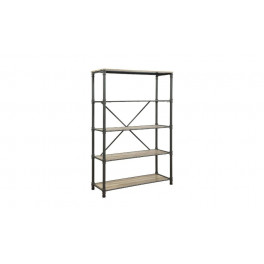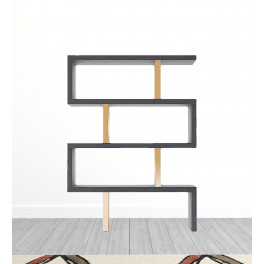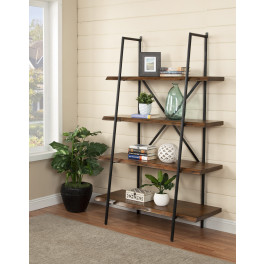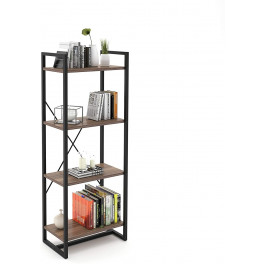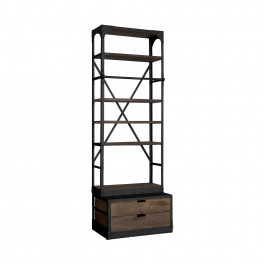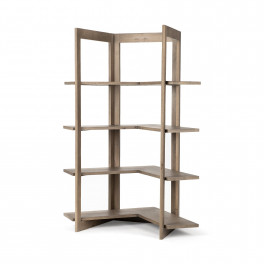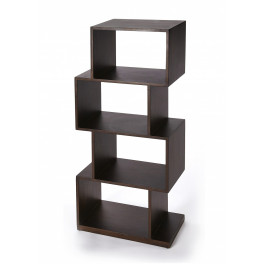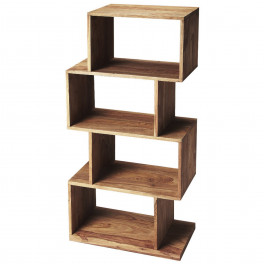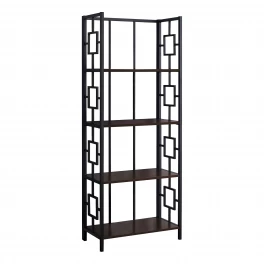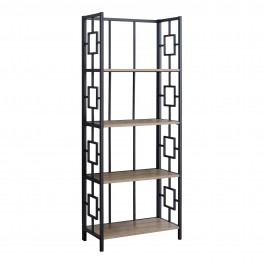Many people would agree that the kitchen is the most important room in the home. It's where family gathers for dinner after a long day at work, it's where family recipes are made again and again, and it's where good memories are made. Keeping the kitchen clutter-free is something we all strive to do, but it's hard to come up with ways to conserve space. One very simple way to free up a little extra room in your kitchen cabinets is to use a pull-out spice rack for your spices!
You can make your own spice rack and install it today! It doesn't take a lot of time, and you'll love how your kitchen looks without all your spices out on the counter or clogging up a shelf in your cabinet.
There are many storage solutions out there to buy or to build at home, but many styles of spice racks are more like kitchen cabinet organizers and will only let you better organize your collection of spices, not remove the clutter. Some spice racks are still large and cumbersome and become just another thing to stuff into an upper cabinet, or become another wall mounted item to hang on the wall, or keep on the counter.
Utilizing a pull-out spice rack however, will allow you to keep spices neatly together and really free up some much needed storage space, whether that's from a cabinet or counter space. Time to reclaim your cabinet shelves with a spice storage rack!
1. Find the Optimal Place
The ideal place to install a pull-out spice rack is in a space that already exists in your kitchen. There might be a space between a cabinet and the oven, or between a cabinet and the dishwasher, or maybe between a cabinet and the microwave. It's better to find a space that is a few inches wide and a foot or two long. The space should also have some depth - enough to fit all your spaces.
Look around your kitchen for an underutilized cabinet or narrow spaces where a vertical spice rack could live. If you have no suitable cabinet spaces, consider a freestanding unit that can slide alongside your refrigerator, either on wheels, or mounted to the wall using sliding brackets. Either way, you want a spot that allows for easy access and ideally frees up or better utilizes space.
Once you have decided where to put your spice rack, you should buy material that somewhat matches your cabinet's interiors. Make sure you measure the space so you buy enough material. You will need wood for the ends of the spice rack and wood for the center shelf part. It might be hard to find the exact same material, but if you can just find a similar color, it will look great. Plus, it's going to be inside a cabinet, so it'll only be seen when the door's opened!
2. Measure and Prep
You do not have to buy a lot of material for this project. All you need is wood—a 3/4" medium-density fiberboard (MDF) is a good choice, either an existing cabinet space with appropriate door or new matching cabinet door, either dowels or thin wood sheets, four metal cabinet sliders, and a cabinet pull or knob for the front. You will also need a drill, some screws and a level. You can find all of these materials at any home improvement store.
You'll need to make note of the dimensions of the space you're trying to fill. You'll need to account for some room for the shelf itself to slide out and have enough room to be fully compact and have the door closed.
3. Assembly
- Cut out top and bottom pieces and front and back pieces, as well as 1 or 2 addition pieces for actual shelves. (The top and bottom pieces should measure inside the depth of the cabinet you're using and fit comfortably when the drawer's door is closed. The front and back pieces match the back of the cabinet and can easily fit through the door. The actual shelf pieces will fit flush with the back and front piece)
- Attach the front and back end pieces to the bottom board, creating the bottom-most part of the shelf. Continue moving up, screwing in the shelves at desired heights.
- Attach the top piece, making it flush with the front and back pieces. You should have what looks like a closed square or rectangle with a few horizontal lines through it, depending how many shelves you opted for.
- Add either dowels or the thin wood to the shelf sides. Pick a suitable height to keep the contents secure. This will allow for easy removal of containers but also prevent any from falling out when sliding the cabinet out.
Keep in mind how tall the containers you will be storing here are and adjust the dowel's height accordingly; you don't want shorter spice jars to slide under the dowel and fall off your pullout shelf. If you're storing all different size spice bottles, pick a happy medium so they can all fit comfortably.
4. Adding the Sliders
- One set of drawer glides will be for the top and one for the bottom. Depending on the space, you may only need to attach a slider to the bottom of the unit. It can go either directly on the bottom, or on both sides of the bottom platform.
- Use your level here and measure for an equal alignment, otherwise the sliders will resist.
- Have the sliders exactly aligned in the middle of the spice rack.
The final step is to attach the handle to the outside of the spice rack, so you can have it slide out and in easily. If you've placed the rack in an existing space, your cabinet front will already be attached, so this part is already done for you! If you're making use of empty space or creating a new space, try to use a door or panel that will blend in naturally with your kitchen.
And that's all there is to it! It's overall a very simple DIY project, but it definitely makes an impact on a kitchen. We all have tons of spices and supplies that we accumulate over the years, and sometimes we don't realize just how much space they are taking up in the kitchen. With a spice rack like this, you'll have plenty of space to store all your spices in an unseen place. The best part is putting all your spices in there and getting back all the free space you lost in your cabinets and on your counters!




